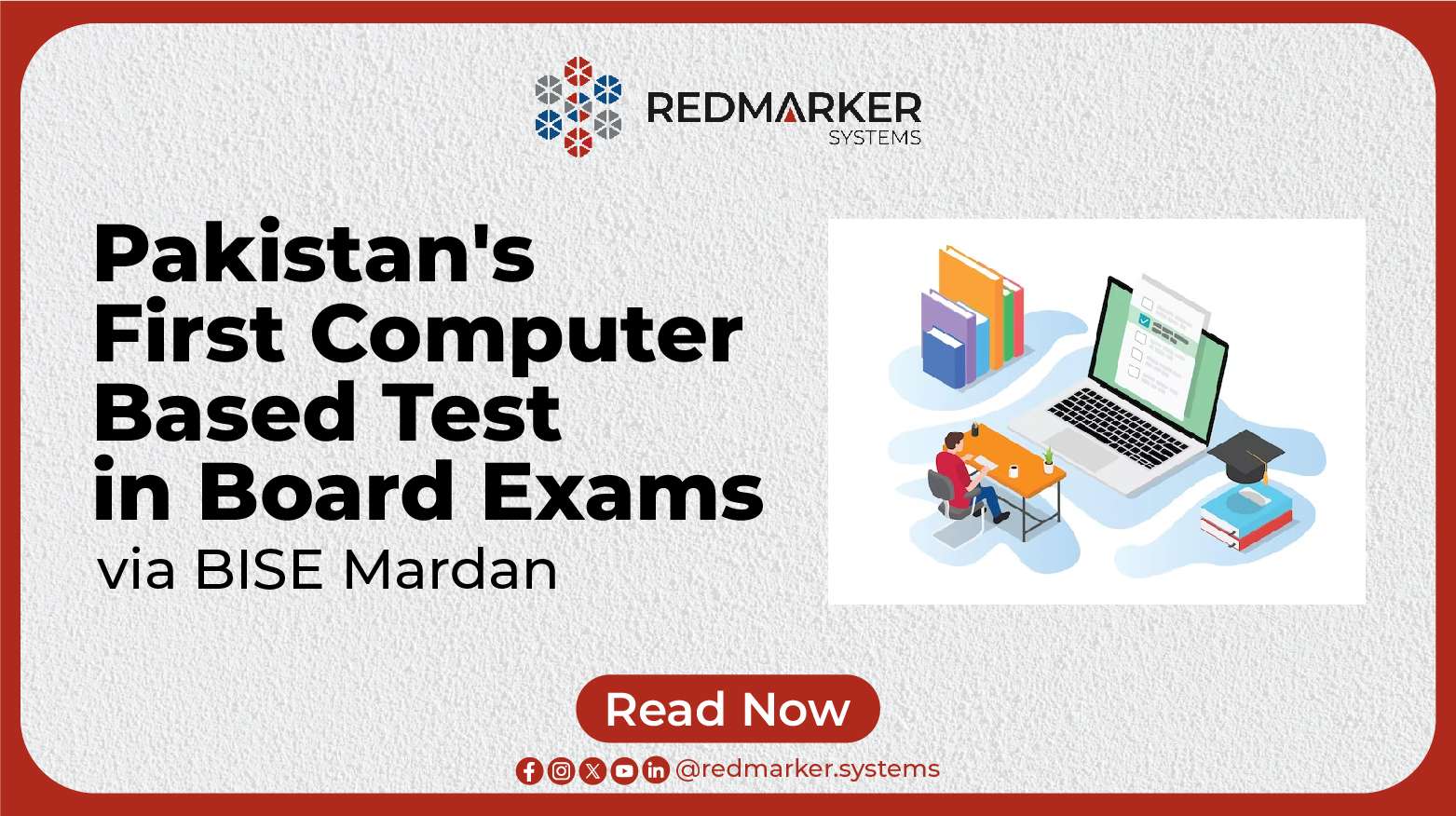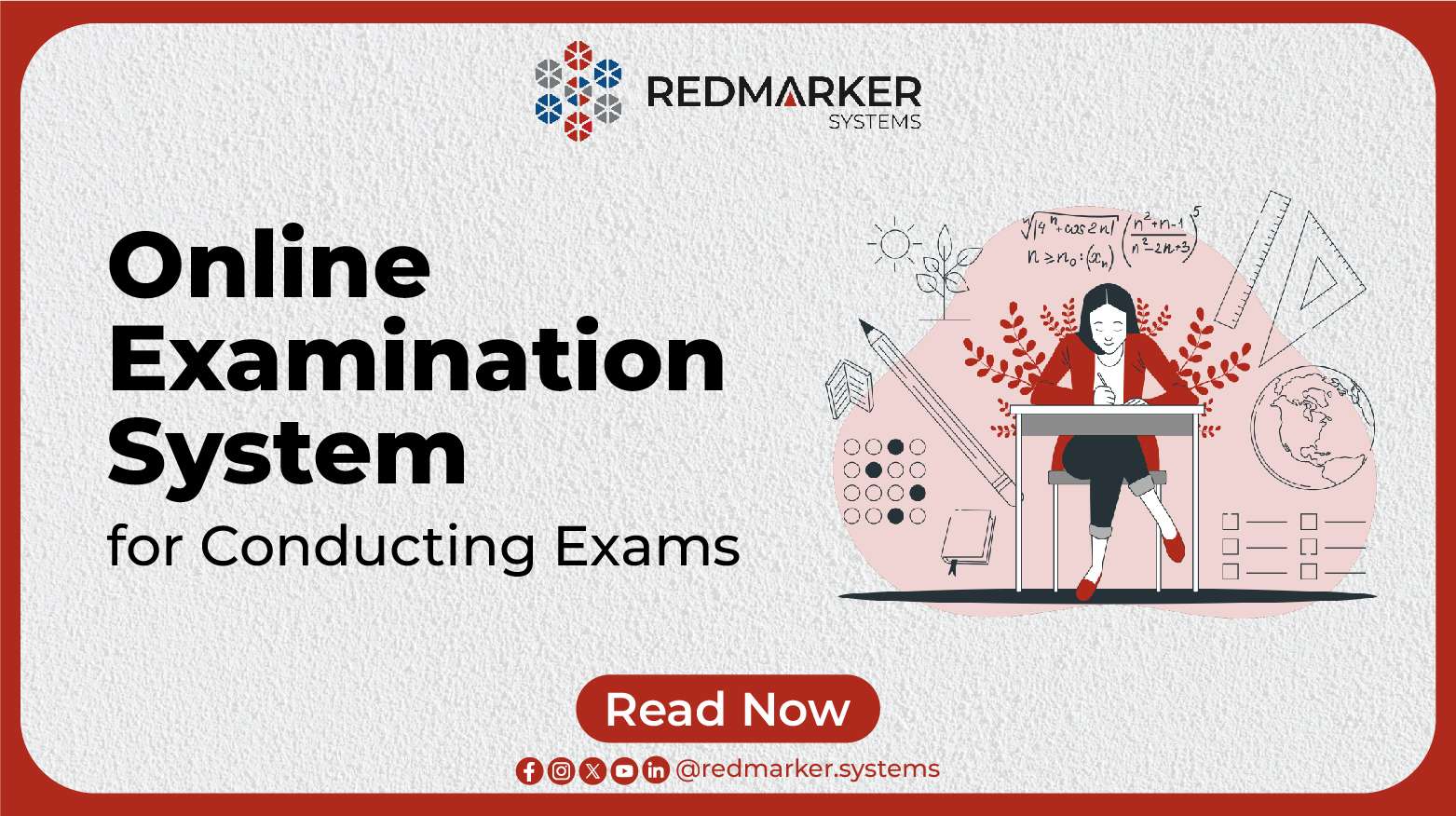Positive and Negative Impacts of Technology on Education
Introduction
In today’s rapidly evolving digital landscape, the role of technology in education has become increasingly prominent. The integration of technology has given rise to innovative approaches such as e-learning, digital assessments, and e-marking, all of which have reshaped the educational landscape. In this article, we will delve into the positive and negative impacts of technology on education, with a particular focus on e-marking and online assessment services provided by EdTech companies in Pakistan.
The Positive Impacts of Technology
Benefits of E-Assessment
E-assessment, or electronic assessment, has revolutionized the way educators evaluate students. This approach offers several benefits, such as efficient grading, reduced paperwork, and the ability to provide instant feedback to learners. Digital assessment tools have made it easier for teachers to track progress and tailor instruction to meet individual student needs.
Benefits of Online Marking
One of the top Benefits of Online Marking is that it streamlines the grading process further. It eliminates the need for manual paper-based marking and significantly reduces the risk of errors. EdTech companies in Pakistan have played a crucial role in providing e-marking solutions that save time and enhance grading accuracy.
E-Learning
E-learning platforms have transformed education by making learning materials accessible online. EdTech companies in Pakistan offer a wide range of e-learning solutions, enabling students to access educational content anytime, anywhere. This approach is particularly beneficial for K-12 education, as it allows students to learn at their own pace.
EdTech Solution Providers in Pakistan
The EdTech landscape in Pakistan has seen remarkable growth, with numerous EdTech companies offering innovative solutions. These companies have not only provided e-learning platforms but also digital assessment services, creating a comprehensive ecosystem for digital education.
Online Assessment Tools for Teachers
Online assessment tools have empowered teachers by automating the assessment process. These tools offer a variety of question formats, automated grading, and analytics to track student performance. They save educators time and enable data-driven decision-making.
The Negative Impacts of Technology
Problems of Education in Pakistan
Despite the benefits, technology in education has brought some challenges, particularly in the context of Pakistan. Unequal access to technology and the internet can exacerbate educational disparities. Addressing these disparities is crucial to ensure that all students can benefit from digital education.
Secure Online Exam Proctoring
Maintaining the integrity of online assessments is a concern. Secure online exam proctoring solutions are necessary to prevent cheating and ensure the authenticity of students’ work. Balancing security with the convenience of online assessments remains a challenge.
What is a Syndicate Marking System?
In the context of e-marking, the term “Syndicate Marking System” refers to a collaborative approach to grading. It involves multiple markers assessing the same work to ensure fairness and consistency. While this system can enhance grading reliability, it also poses logistical challenges.
The Top 10 Benefits Of E-Marking
E-marking offers numerous advantages, including accuracy, efficiency, reduced workload for educators, and the ability to provide timely feedback. EdTech companies in Pakistan have contributed to the adoption of e-marking, making grading more efficient and reliable.
Top 10 eLearning Trends
In the ever-evolving field of e-learning, staying updated with the latest trends is essential. Some of the top e-learning trends include personalized learning, mobile learning, and immersive technologies. These trends are shaping the future of education in Pakistan and globally.
Conclusion
Technology’s impact on education in Pakistan is profound, with EdTech companies playing a pivotal role in driving innovation. While there are challenges to overcome, such as the digital divide and ensuring assessment security, the benefits of e-marking, e-assessment, and e-learning are undeniable. As technology continues to evolve, it is crucial for educators and policymakers to adapt to these changes and harness the full potential of technology to enhance the quality of education in Pakistan.
Frequently Asked Questions (FAQs) about the Impacts of Technology on Education
How can teachers mitigate digital distractions in the classroom?
Teachers can establish clear guidelines for device usage, incorporate interactive activities to keep students engaged and use classroom management software to monitor and control device access. Additionally, fostering a classroom culture that emphasizes the importance of focused learning can help reduce distractions.
What are some examples of personalized learning technologies?
Examples of personalized learning technologies include adaptive learning platforms like Khan Academy and Duolingo, learning management systems that track individual progress, and intelligent tutoring systems that provide tailored guidance based on a student’s performance.
How can schools bridge the digital divide among students?
Schools can bridge the digital divide by providing access to technology through initiatives like one-to-one device programs, offering affordable internet connectivity options, and providing digital literacy training to students who may not have prior exposure to technology.
What steps can individuals take to enhance their digital literacy skills?
Individuals can enhance their digital literacy skills by enrolling in online courses on digital literacy, practicing critical thinking when consuming online content, and staying informed about cybersecurity best practices. Being mindful of one’s digital footprint and protecting personal information online are also essential aspects of digital literacy.
Is it possible to completely eliminate technology from education?
Eliminating technology from education is not feasible or advisable in today’s digital age. Instead, the focus should be on using technology thoughtfully and integrating it effectively to enhance learning outcomes. Technology should complement traditional teaching methods rather than replace them, striking a balance that leverages the advantages of both approaches.


